Symptoms Of Citrus Burns
Phytophotodermatitis, also called citrus burns, is a type of contact dermatitis. It means your skin develops a rash when it comes into contact with an irritant. Phytophotodermatitis is the least common type of contact dermatitis, and the name gives you an idea of what the irritant is. Phyto refers to a plant and photo is talking about sunlight. When you put those together with dermatitis, you get a rash caused by a reaction from a plant and sunlight. In particular, phytophotodermatitis is caused when UVA rays activate a substance called furocoumarins through photosynthesis. This substance can be found on the surface of plants, which is why simply coming into contact with a plant in sunlight can cause phytophotodermatitis.
Red Skin
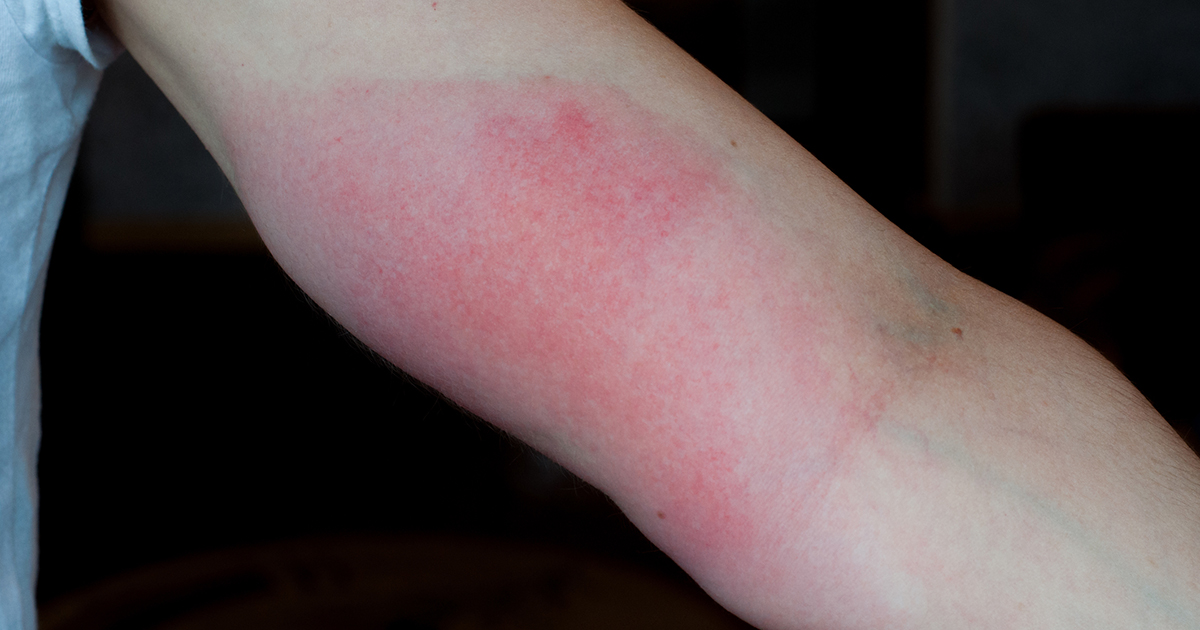
Getting red blotches on your skin is one of the more obvious symptoms of phytophotodermatitis. You may look like you have a sunburn, except the redness isn't spread evenly all over your body. It will usually be just in the spots where you were exposed to furocoumarins. Redness usually shows up within thirty-six hours of being exposed to activated furocoumarins, and although it will go away fairly quickly, the redness will turn dark as hyperpigmentation sets in. Individuals with darker skin will probably have dark spots or no spots at all until the hyperpigmentation sets in.
Itchy Skin
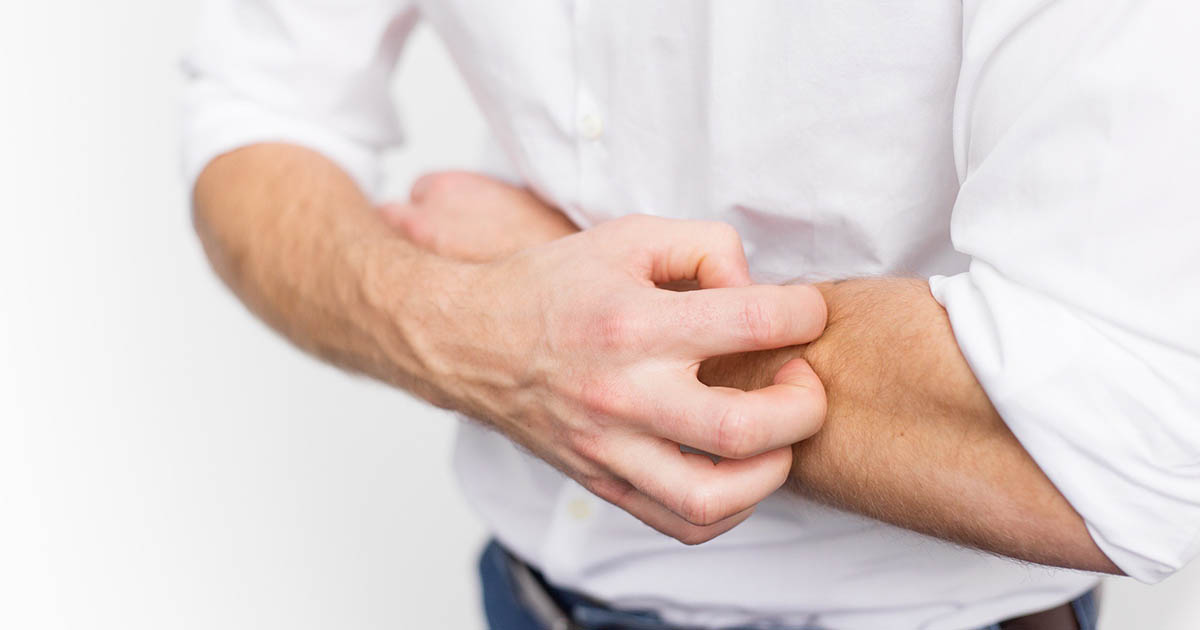
Itchy skin is one of the more common ways the body lets someone know something has irritated their skin. It is a symptom of many conditions, including phytophotodermatitis. When you suffer from phytophotodermatitis and have an outbreak, it will itch quite a lot in the affected area after the initial break out. Most patients will probably be tempted to scratch to relieve the itching, but this would just make the itching worse. Itchy skin will accompany the redness and the more a patient scratches, the redder their skin will probably get. The good news is the itching only last a couple days after the initial break out. It should go away or at least ease up after this period.
Burning Sensation
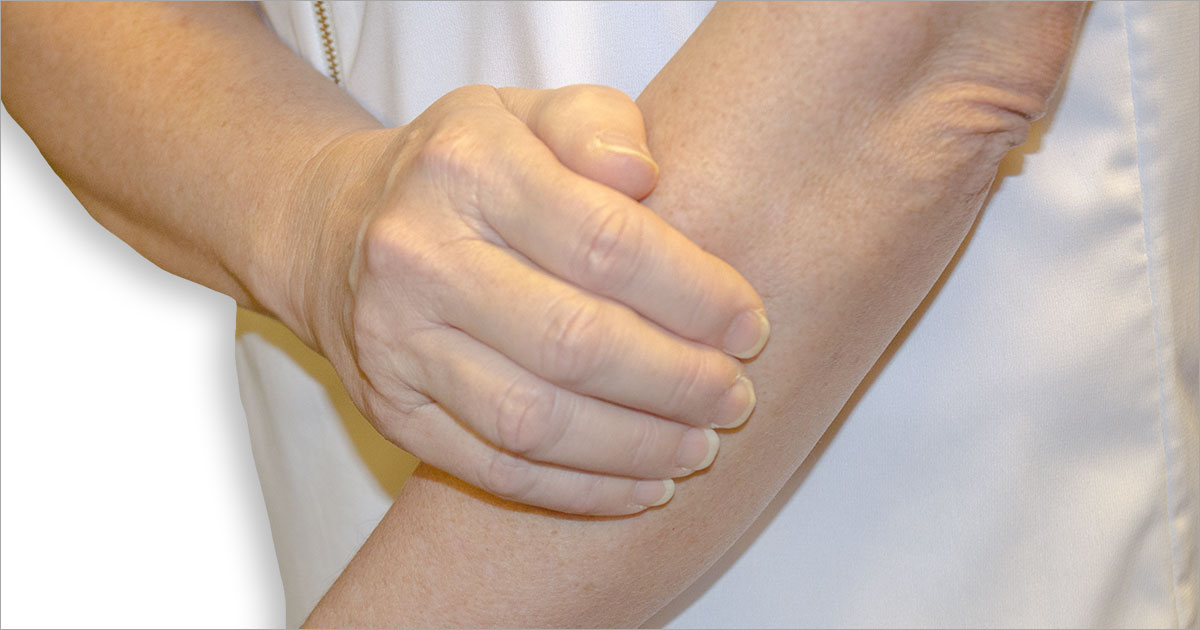
Many phytophotodermatitis patients will feel a sensation of burning in the red areas, similar to how your skin would feel if you had a sunburn. Having a burning sensation on your skin can be very confusing. The first thing many patients think is they have somehow burnt themselves on something hot. The burning sensation comes from the fact your skin is irritated, and photosynthesis has a hand in that. Photosynthesis is an endothermic reaction, so it produces heat. Since the photosynthesis process would be occurring on your skin, this contributes to the burning sensation.
Tender And Painful Skin
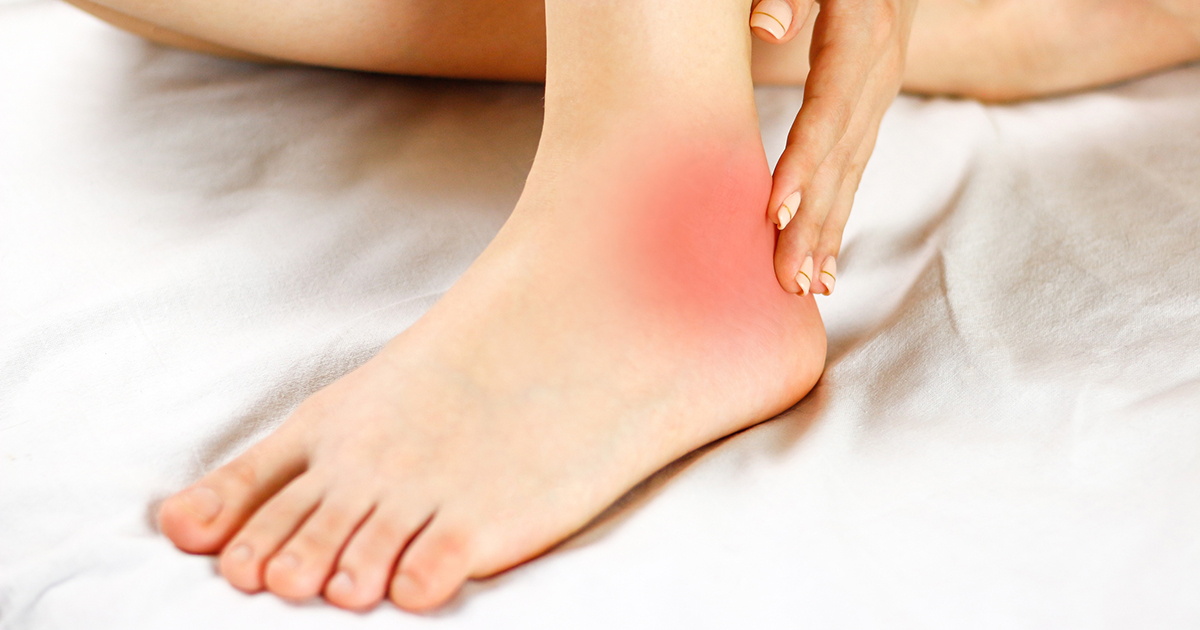
As if the burning sensation wasn't enough, your skin may also feel very tender to the touch, and you could feel some pain besides the burning. The pain could range from mild to extreme and may depend on some of the other symptoms of phytophotodermatitis. The good news is the pain doesn't usually last for a long time. Just like most of the symptoms from phytophotodermatitis, tender and painful skin will go away within a few days to a couple of weeks. In many cases, the pain is manageable, but if it isn't, consult a doctor.
Blisters
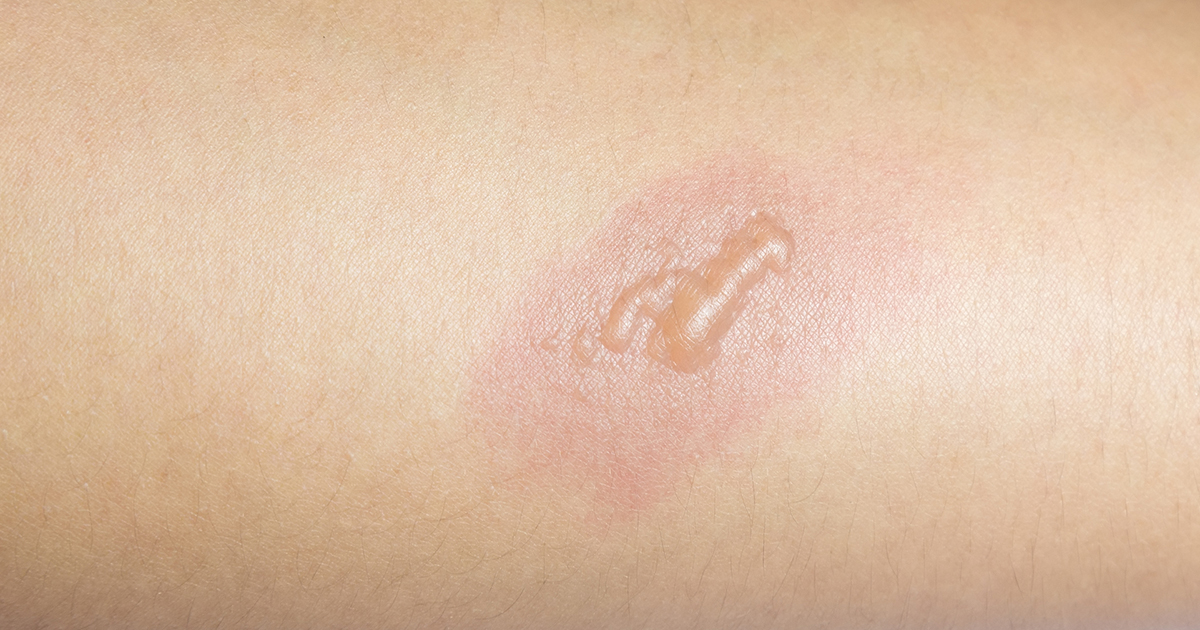
First comes the redness, then comes the blistering. Blistering from phytophotodermatitis is probably the worst visual symptom. If a patient only has phytophotodermatitis in a small location, they won't look so bad, but if, say someone's entire hand came into contact with furocoumarins, then it is going to swell, and the patient will have very large, ugly, blisters. The affected area may look like something out of a horror movie for a few days. The good news is blistering, like most of the symptoms of phytophotodermatitis, doesn't last very long. They usually show up around twenty-four to forty-eight hours after coming into contact with activated furocoumarins, and they disappear two or three days later.
Crusted Patches Of Skin

The affected area will already look terrible from the redness, constant scratching due to itchiness, and the blistering, but phytophotodermatitis doesn't stop there. Once the blisters burst and go down, patients will end up with crusted patches of skin on or around the affected area. If the crusted patches of skin continue to ooze fluid after the blistering goes away, the patient may have an infection and should see a doctor immediately. Otherwise, the crusty skin will begin to peel and fall off, revealing the new skin growing over the area.
